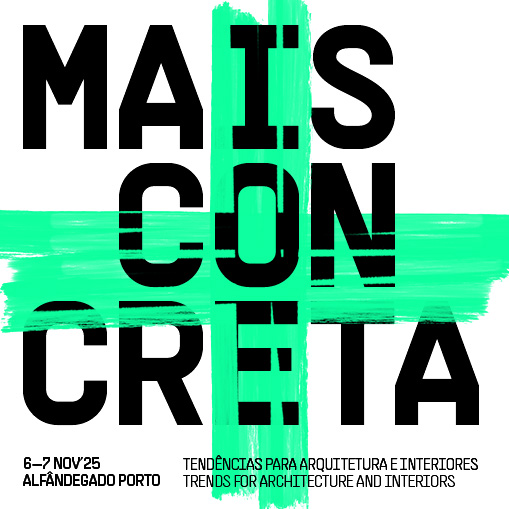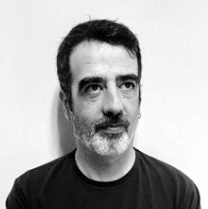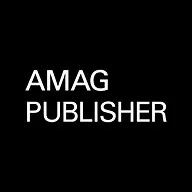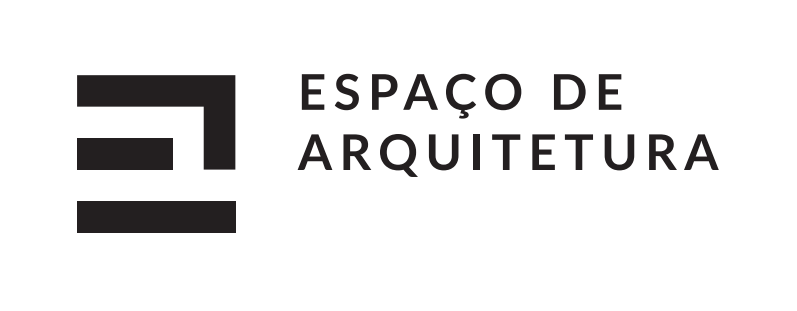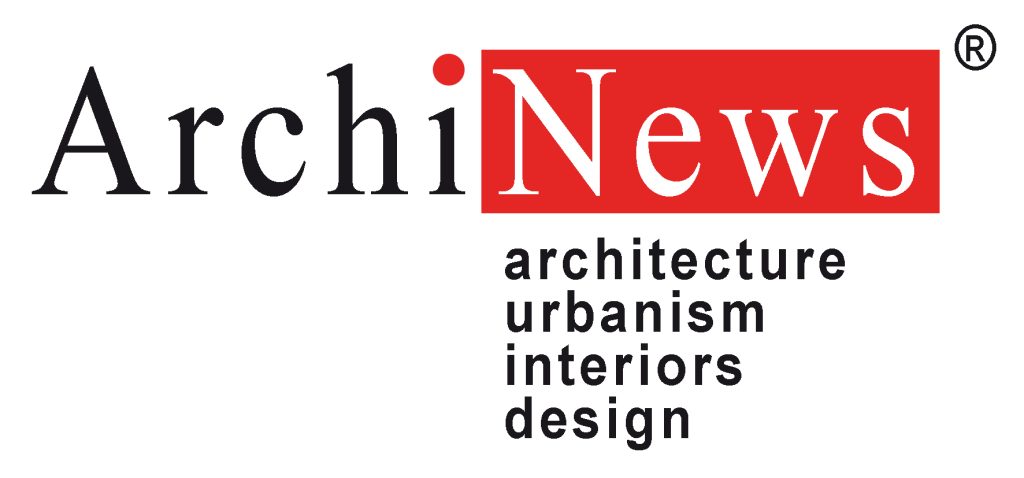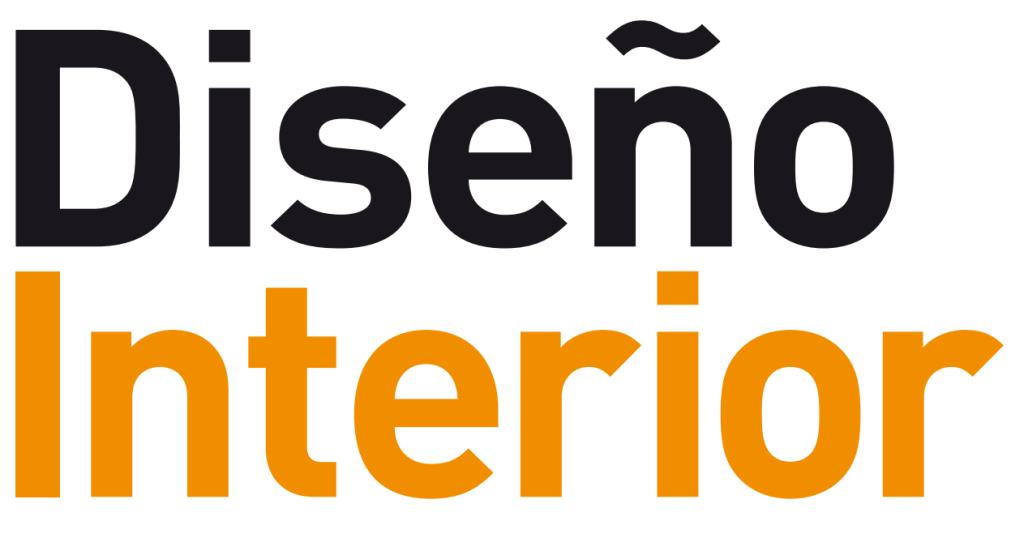*under update
- Coletivo GENS + Studio Wok + Atelier da Costa
As part of the conference program, which will run parallel to the exhibition area, AMAG will feature in its conference cycle the presence of the prestigious GENS office, internationally recognized for its innovative and award-winning work, along with the Italian office Studio Wok and the Portuguese Atelier da Costa.
More information below.
- November 6, 2025 | 11:30 AM - 11:55 AM
- Think+ Auditorium
The future of surfaces
Surfaces designed to last generations, produced with environmental responsibility and technical precision. Aesthetic durability is a smart sustainability strategy, combining functional value with resource preservation.
- November 6, 2025 | 12:00 PM - 12:15 PM
- Think+ Auditorium
Hemp blocks: a complete wall system
Cânhamor presents hemp blocks, an innovative and sustainable solution that redefines the way we build. More than just a material, hemp blocks constitute a complete wall system, integrating thermal insulation, fire resistance, and natural humidity regulation into a single product.
During the presentation, it will be demonstrated how this technology combines energy efficiency, comfort, and sustainability, promoting healthier and more eco-friendly constructions.
- November 6, 2025 | 12:00 PM - 3:00 PM
- Main Hall, Floor 0
4th Meeting - Women in BIM Portugal
The 4th Meeting Women in BIM – Portugal is an event that celebrates and reinforces the role of women in the digital construction universe. It brings together professionals from the Architecture, Engineering, and Construction Industry to share experiences, explore trends, and promote gender equality in the sector. A space for networking and collaboration towards a more innovative and inclusive future.
Free but mandatory registration.
- November 6, 2025 | 12:20 PM - 12:40 PM
- Think+ Auditorium
Decarbwood: a roadmap for sustainable companies
DECARBWOOD is an initiative by AIMMP – Association of Wood and Furniture Industries of Portugal, funded by the PRR – RECOVERY AND RESILIENCE PLAN. The project results from the collaboration between scientific, technological, and business entities and aims to provide companies in the sector with a practical reference adapted to the national reality, supporting them in designing and implementing their decarbonization programs.
In this session, the main measures of the Roadmap will be presented, aligned with the PNEC 2030 and RNC 2050, which aim to guide companies in transitioning to more efficient, renewable, and competitive production models, reducing emissions and promoting technological innovation.
- November 6, 2025 | 12:45 PM - 1:15 PM
- Think+ Auditorium
iwood – The Wood Era
Amid technological innovation, measurable sustainability, and aesthetic refinement, wood construction is transforming the way we design and build. In this talk, Jorge Matias, technical commercial director at CarmoForm, shares principles, processes, and works that demonstrate why wood is today an essential engineering material, from structures to cladding, capable of meeting the new architectural, environmental, and human demands of our time.
- November 6, 2025 | 2:15 PM - 2:25 PM
- Think+ Auditorium
Materials, Processes, and Future of Natural Stone
- November 6, 2025 | 2:30 PM - 3:00 PM
- Think+ Auditorium
Speaking the Language of the City!
Narrative strategies to communicate architecture to civil society
Why do we communicate architecture? To admire it? Or to understand how spaces influence people’s lives and the decisions they make? They say architecture begins with a drawing, but perhaps it truly begins with dialogue.
This 30-minute training, aimed at architects and based on over 12 years of Building Pictures’ experience in communicating architecture to the public through films, podcasts, texts, and exhibitions, shows how getting to know architects, projects, processes, and the stories behind architecture allows us to value the profession and understand the real impact of architecture on people’s lives.
Architecture only fulfills its true role when it is understood and recognized by those who inhabit it, contributing to more humane, inclusive, and resilient cities. Because more than building cities, it’s about the lives built within them.
- November 6, 2025 | 3:00 PM - 3:30 PM
- Think+ Auditorium
Presentation “Lighthouse for Sustainability” - Sustainability Guide for Construction
Hori-zonte Office
At a time when the construction sector accounts for about 39% of global CO₂ emissions, the hori-zonte office presents the “Lighthouse for Sustainability”, a guide developed to inspire, guide, and transform the way we design and build the built environment.
The Lighthouse for Sustainability emerges as a reference tool for professionals, developers, and entities in the sector, offering clear, practical, and accessible guidelines that promote the adoption of sustainable strategies throughout all phases of a building’s life cycle – from concept to operation.
More than a technical document, this guide is a reference of collective responsibility, seeking to raise awareness and empower the industry to lead the transition towards a regenerative future. Through objective criteria and evaluation methodologies, it allows measuring the impact of design decisions and fostering a culture of continuous improvement.
The formal presentation of the guide marks an important milestone in hori-zonte’s mission: to align the practice of architecture and construction with low-carbon, circularity, and human well-being goals, contributing to a real and measurable transformation in the sector.
- November 6, 2025 | 3:30 PM – 3:50 PM
- Think+ Auditorium
Muro or Reinventing 100 Years of History
The 100-year-old former factory stands as a monument to a bygone era, where its brick walls and imposing chimneys bear witness to the relentless march of time. Once a hub of activity, filled with the sounds of machines and the hustle of workers, it now awaits a new chapter. The creators and architects have conceived a transformation that respects and celebrates this rich industrial heritage.
By preserving key elements, such as the chimneys, they pay homage to the factory’s remarkable past. This approach ensures that the echoes of history are not lost but are integrated into the essence of the future. The Muro project breathes new life into the factory, transforming it into a space where the past and present coexist harmoniously, creating a unique environment that honors its legacy while embracing innovation.
- November 6, 2025 | 4:00 PM - 5:00 PM
- Think+ Auditorium
Install with AENOR Quality: Sectoral Standard for Laminated Gypsum Board Systems (PGL) - How product quality and correct installation ensure safe and efficient buildings
Raise awareness among sector professionals – builders, architects, specifiers, and administration – about the importance of ensuring quality in construction. The AENOR N Mark for laminated gypsum board systems (PGL) will be used as a reference, as an example of certification that adds value and confidence. The future sectoral standard for the installation of PGL systems, which will become a fundamental pillar for ensuring quality in partition walls, claddings, and false ceilings of buildings, will be presented firsthand.
This new standard will allow the characteristics certified by manufacturers – safety, fire protection, acoustic insulation, air quality, and energy efficiency – to be maintained after the installation of systems on site, providing a guarantee for specifiers and citizens.
Key aspects will also be addressed, which must be known to ensure compliance and quality of construction products, in light of regulatory requirements.
- November 6, 2025 | 5:00 PM - 6:20 PM
- Main Hall, Floor 0 Alfândega do Porto
AMAG Lectures: GENS Architectes, Studio Wok, Atelier da Costa
We welcome the architecture studio distinguished by originality and the way it explores architectural practice. Created in 2009, the
The approach of Studio Wok is guided by the idea of habitat as an expression of quality of life, born from continuous, dynamic, and rigorous research. Architecture, design, and landscaping form the basis of a practice committed to creating personalized projects, both in residential and urban contexts, always with attention to detail and coherence.
Atelier da Costa shares a practice deeply rooted in local territory and culture, where context and experience are central to the creative process. A holistic and collaborative approach, between drawing and design, that dialogues with place and time, reflecting human action in each project.
Free but mandatory registration.
- November 7, 2025 | 11:30 AM - 5:00 PM
- Think+ Auditorium
Sustainabilities (Commissioner: OASRN | Curatorship and Moderation: Paulo Vila Verde, Arch.)
- João Cruz (Arch.)
- Fernando Cerqueira Barros (Arch.)
- Luísa Almendra Roque (Apload Landscape Architecture)
- António Cerejeira Fontes (Cerejeira Fontes Architects)
- Henrique Marques and Rui Dinis (Spaceworkers Architects)
- Nuno Rebelo and Vanessa Coelho (RSO Architects)
- Pedro Ribeiro da Silva (Urbanist)
How to get there
Tram
- Line 1 (Infante–Passeio Alegre) – Alfândega stop (next to the building).
Metro
- Line D (yellow) – São Bento station (approximately 10 minutes on foot).
Bus
- 500 (Praça da Liberdade–Matosinhos Market), with a direct stop at the Customs House.
- 403 (Campanhã–Casa da Música), stop at Cordoaria (10 minutes on foot).
Taxi and TVDE services
Subscribe to our newsletter
2025 © all rights reserved
Useful Links
Contact Us
Social Media
Legal

